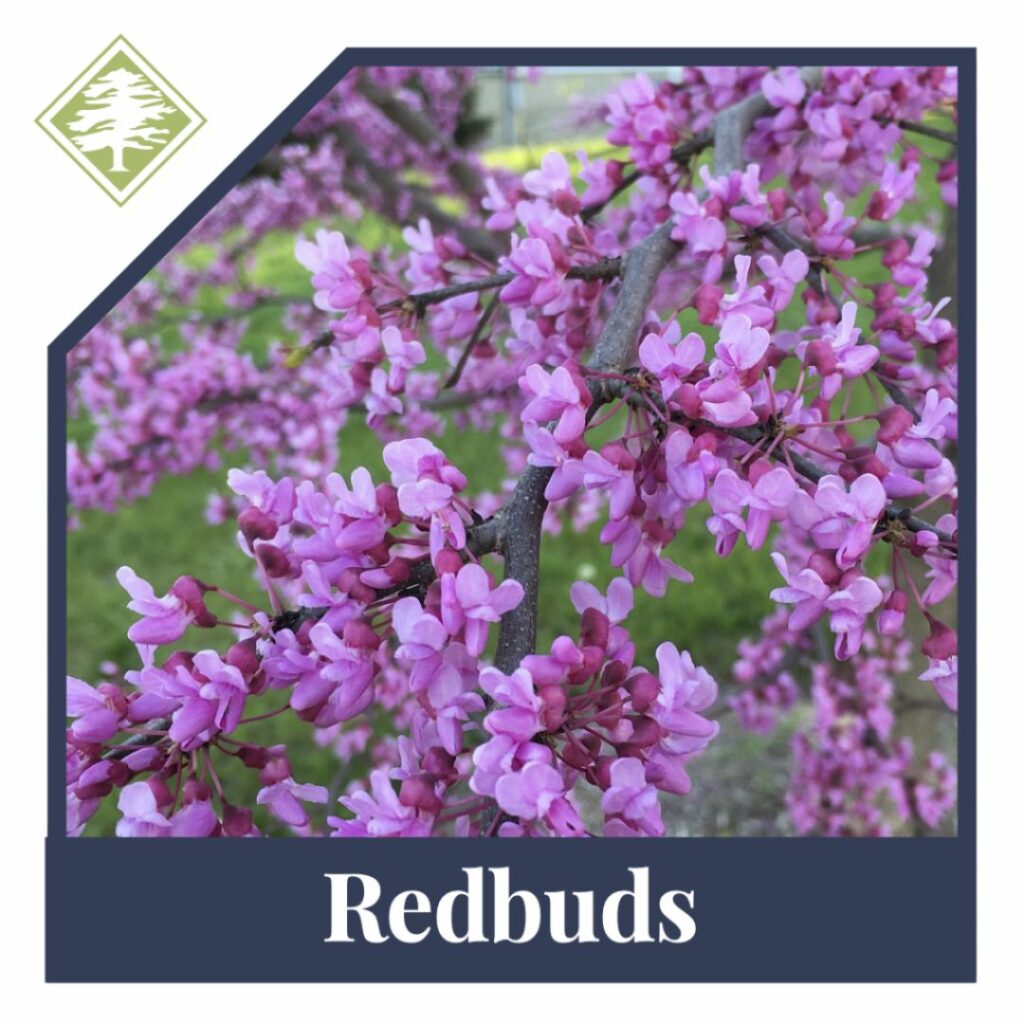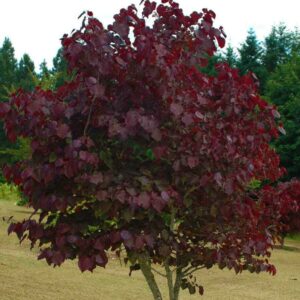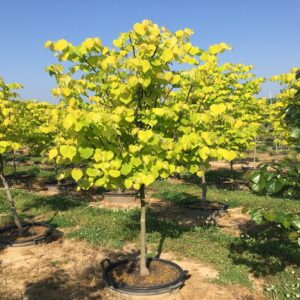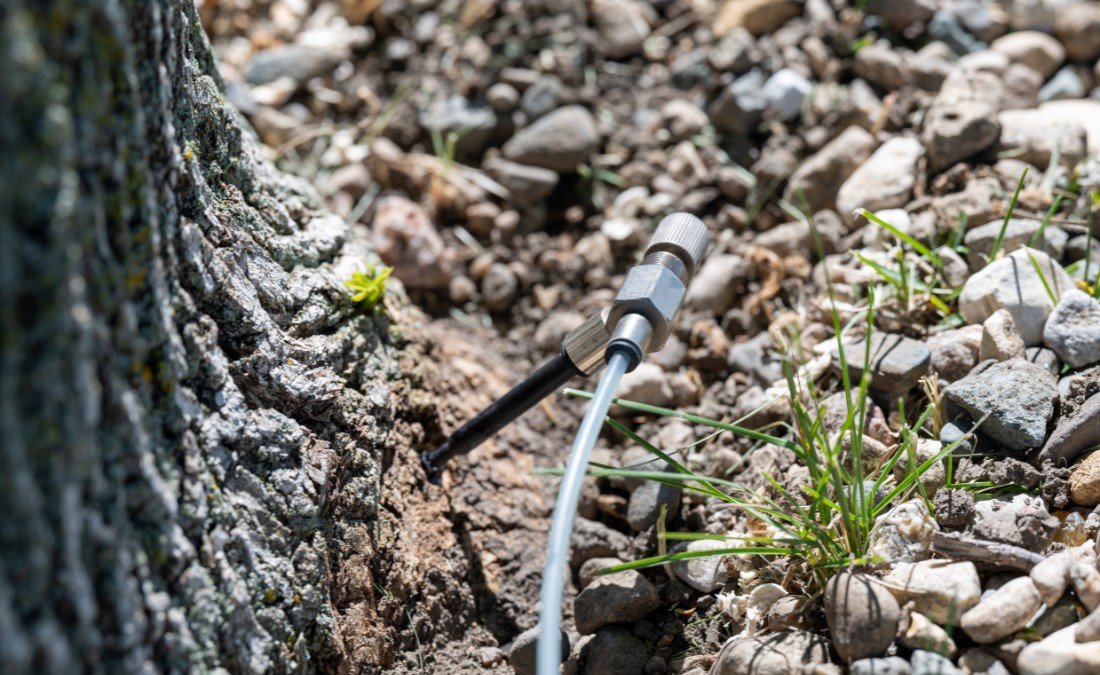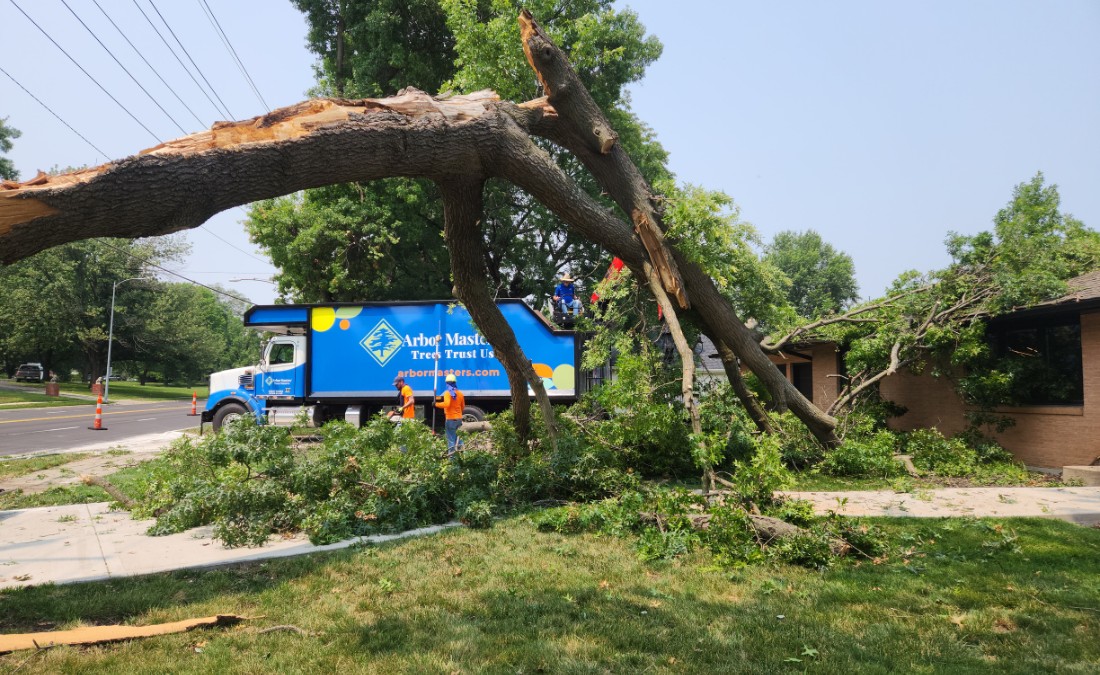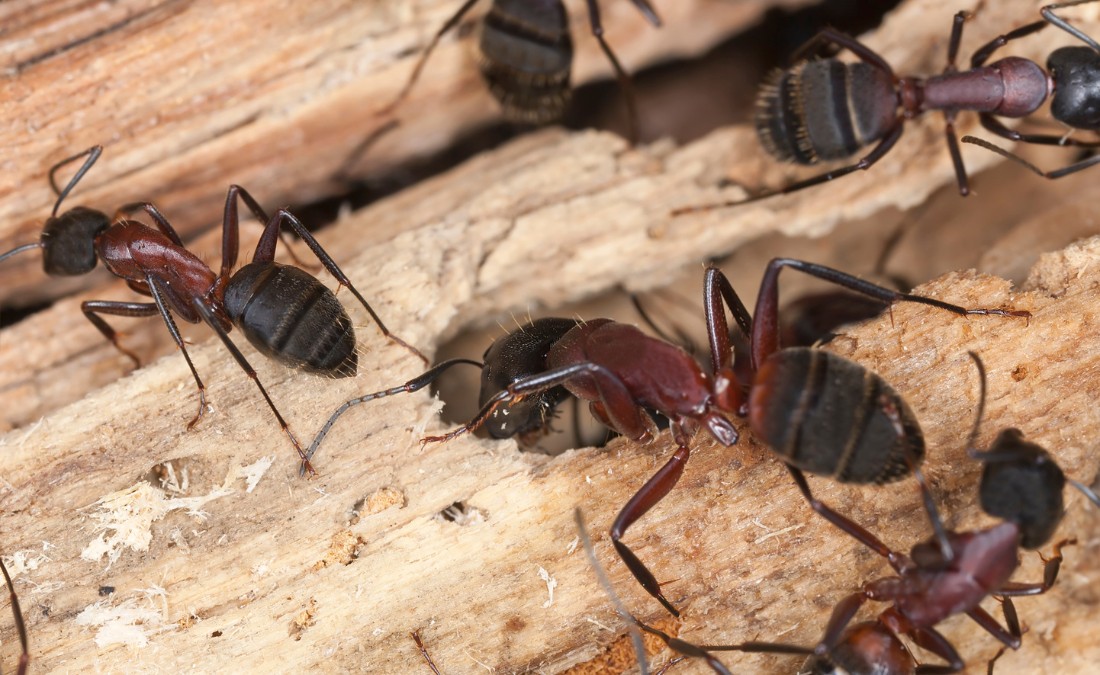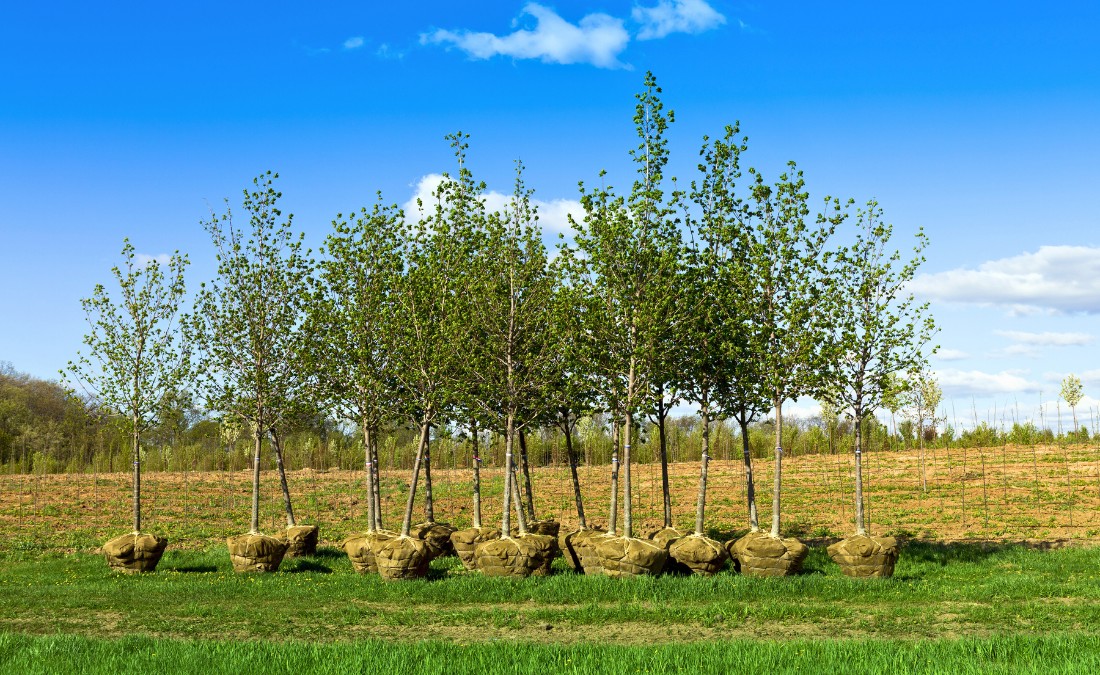Redbud Trees: Everything You Need to Know
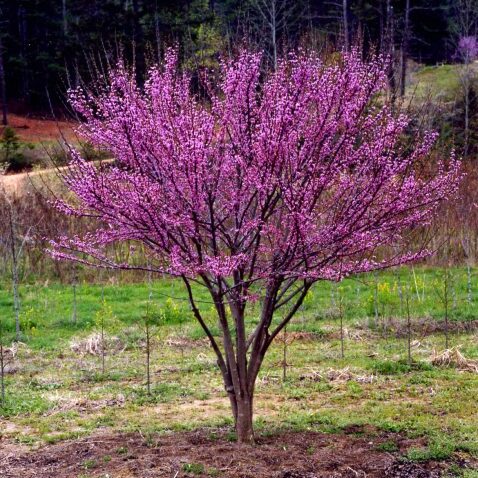
In this Tree 101 guide, we will tell you about the captivating characteristics of Redbud trees and how to best take care of them.
Redbud trees (genus Cercis) are beloved for their enchanting beauty and vibrant blossoms. These versatile trees are native to North America, popular among gardeners and landscapers for their distinct features and benefits. In this Tree 101 guide, we will tell you about the captivating characteristics of Redbud trees, how to best take care of your trees, recommend a variety of cultivars to consider for your home or garden, and give you possible diseases and pests to look out for.
What Does a Redbud Tree Look Like?
Redbud trees are renowned for their stunning flowers that adorn the branches in early spring before leaves emerge. These blossoms vary in color, from vibrant pink to soft lavender, creating a breathtaking spectacle that adds a pop of color to any spring landscape. They provide a dramatic spring color contrast when paired with their cousins from the genus Cercis, White Bud trees.
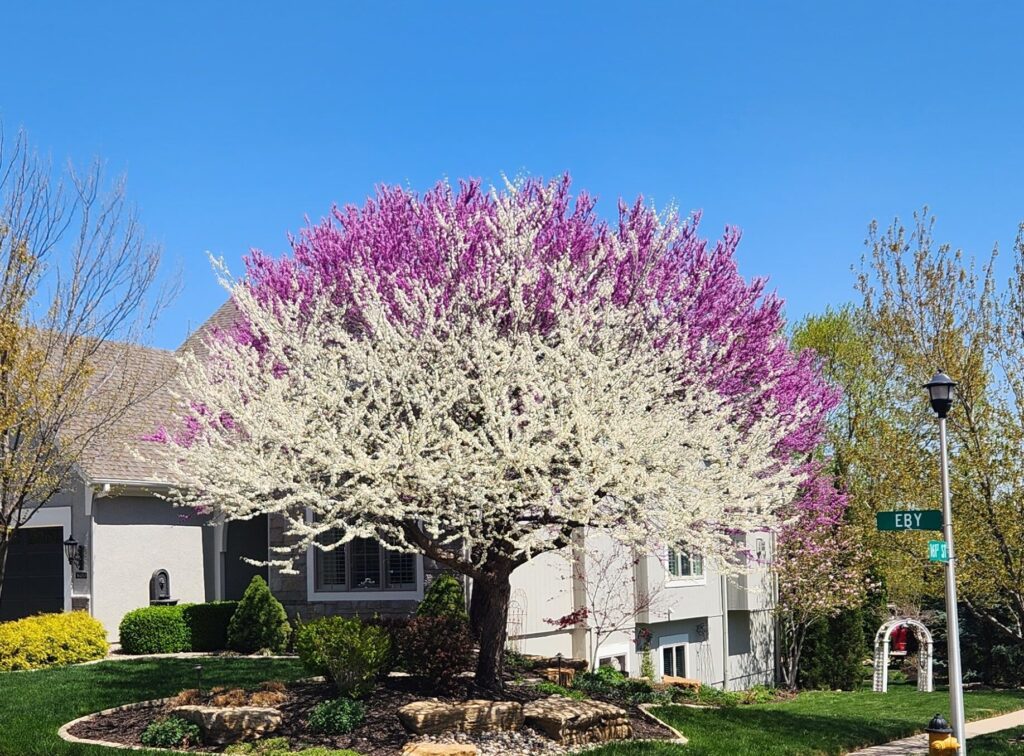
Redbud tree leaves feature distinct heart shapes, providing interesting visual appeal throughout the growing season. As the leaves change from deep green in spring to shades of yellow and gold in fall, they serve as one of the first signals of the changing seasons.
Redbuds are small to medium-sized trees, making them ideal for both urban and suburban landscapes. A standard Redbud tree will grow 20 to 30 feet tall. Their compact frames allow them to fit in various spaces including small gardens or courtyards, and they can even be focal points in larger yards. Some dwarfs and weeping cultivars can be useful for extremely tight spaces.
Starting Right: How to Plant a Redbud Tree
If you are considering adding a Redbud tree to your lawn or garden, you should choose the right location. Choose a spot that receives full or partial sunlight away from obstructions or structures that may hinder its growth. It’s important to note that Redbuds are “understory” trees, meaning they thrive under the protection and shade of larger trees like Oaks or Maples. The soil should be well-draining, fertile and free from rocks and debris. If the soil is clay-heavy, add organic matter such as compost or manure to improve its structure.
Once you have chosen the perfect spot for your tree, it’s time to prepare the soil for planting. Dig a hole twice as wide and only as deep as the height of the root ball of your Redbud tree. Gently remove the tree from its container, loosen any circling roots, and place it in the center of the hole. Backfill the hole with the soil you removed, pack it lightly, and water thoroughly.
Young Redbud trees need plenty of care and attention. Water them deeply at least once a week, especially during hot and dry weather. Mulch around the tree’s base to retain moisture and suppress weed growth.
Lifelong Care: How to Nurture Your Redbud Tree
Mature Redbuds bring a unique pop of color to any lawn or garden. To ensure your Redbud is healthy for its entire life, it is important to take good care of it. At Arbor Masters, we provide comprehensive plant health care planning. From guidance on pruning, pest and disease management, and soil care, we are here to make sure your Redbud trees thrive.
Redbud trees are relatively low maintenance once established. They are adaptable to different soil types and tolerant of varying moisture levels. Redbud trees also have good resistance to pests and diseases, making them a reliable addition to any garden.
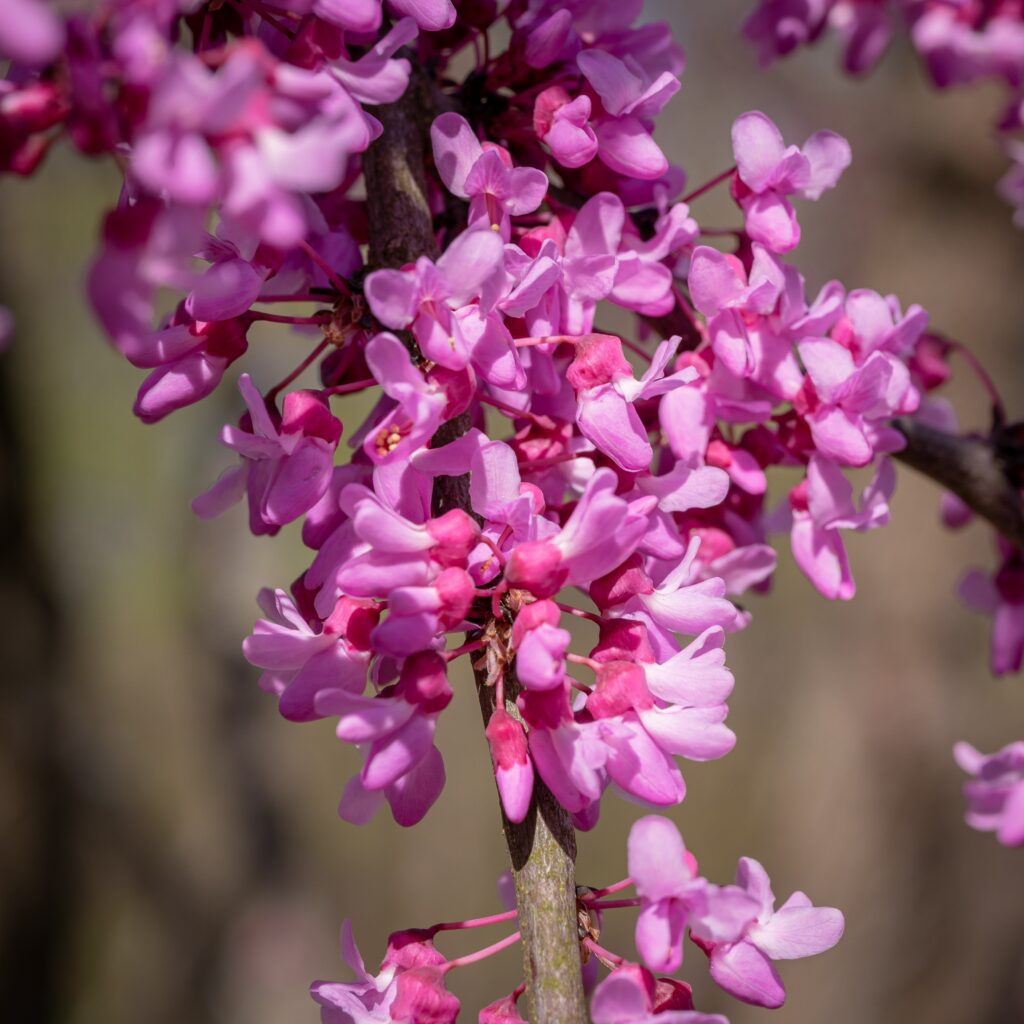
Redbud trees are hearty and adaptable. However, for optimal growth and performance, keep the following requirements in mind:
- Sunlight: Redbud trees thrive in full sun to partial shade. They prefer at least six hours of direct sunlight daily for abundant flowering and healthy growth.
- Soil: These trees prefer well-drained, loamy soil. They tolerate a range of soil types, including clay and sandy soil, if it is not excessively wet or prone to waterlogging.
- Watering: Newly planted Redbud trees require regular watering to establish their root system. Moderately drought-tolerant once mature, it’s beneficial to provide Redbud trees with supplemental water during prolonged dry seasons.
- Pruning: Redbud trees typically require minimal pruning. However, occasional pruning may be required for maintenance and removal of dead or crossing branches.
The Right Cut: Pruning Your Redbud Tree
Redbud trees can be pruned anytime throughout the year after they have bloomed. When caring for young Redbud trees it is essential to prune away any damaged or diseased branches. This not only improves the tree’s health, but also shapes its form to promote a strong structure.
Proper pruning is essential to maintain strong healthy trees. At Arbor Masters, our Certified Arborists provide regularly scheduled pruning services and emergency pruning for diseased and hazardous trees.
Varieties of Redbud Trees
- Forest Pansy: This popular cultivar is known for its striking, deep purple foliage that transitions to bronze-green in the summer. Forest Pansy offers a delightful contrast of color and is highly sought after for its vibrant display.
- Ace of Hearts: This compact Redbud cultivar is ideal for smaller spaces. The Ace of Hearts features bright pink flowers and a dense rounded form that adds a touch of elegance to any garden or landscape.
- Hearts of Gold: As the name suggests, this cultivar stands out with its golden-yellow foliage, turning lime-green as the season progresses. Hearts of Gold offers a unique twist on the traditional Redbud, providing additional visual contrast.
- Forest Pansy (Source: Singing Tree Gardens Nursery)
- Ace of Hearts (Source: Plant Haven)
- Hearts of Gold (Source: Kiefer Nursery)
Challenges Along the Way: Common Redbud Tree Diseases
Like any other living organism, Redbuds are susceptible to pest infestations and disease. Cankers can be found on twigs and trunks of the Redbud tree and should be managed to maintain optimal health. When stressed by disease, tree leaves are more susceptible to leaf-eating insects such as Japanese beetles.
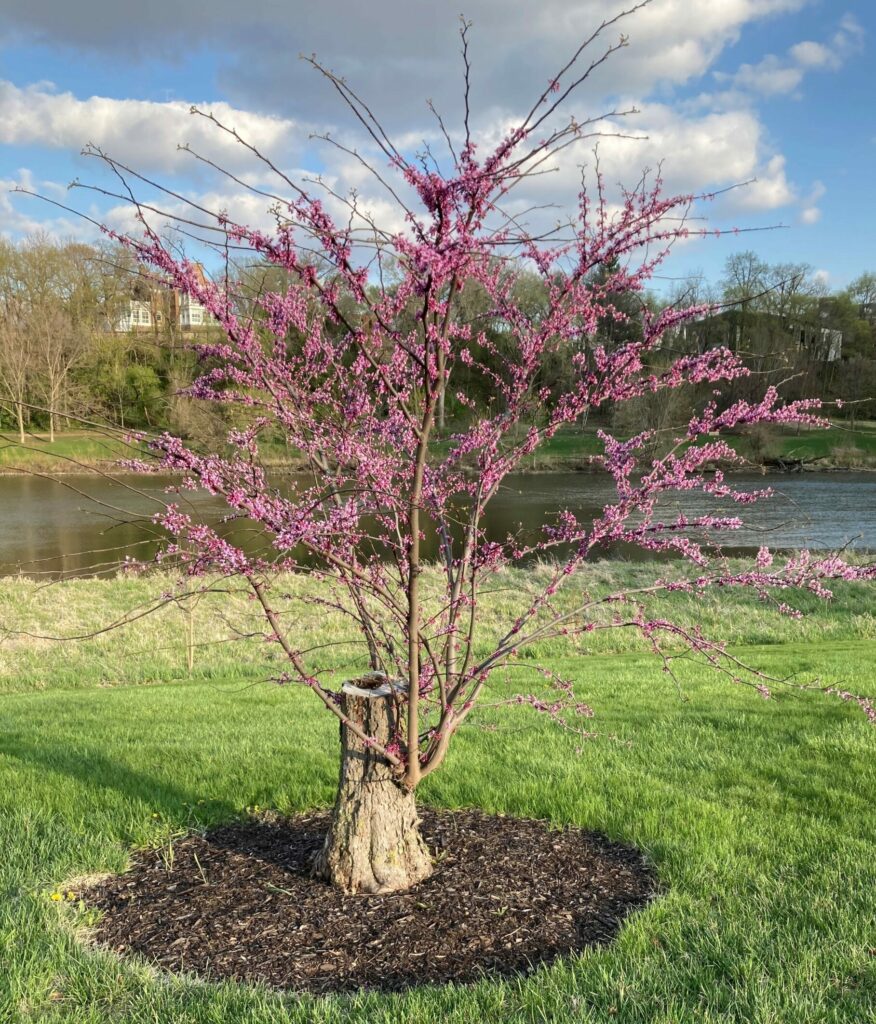
Redbuds have a reputation for living a shorter life than other species, but their persistent roots produce new shoots if gardeners have the patience and proper setting for regrowth. If you see a decline in your Redbud’s health and vigor, contact Arbor Masters. We can help you determine the stressor and get your Redbud back to good health.
Redbud vs. Dogwood
The Redbud and dogwood trees are often celebrated for their striking beauty and remarkable resilience. Both trees bloom before leaf out, which enhances the drama of the arrival of springtime. These unique trees bring show-stopping flowers to any garden, and it’s important to know the similarities and differences between the two.

The Redbud Tree: A Garden Gem
Redbud trees provide tremendous ornamental value to home lawns and gardens around the world. Their vibrant flowers and unique leaf shape make them an obvious addition to any landscape design, providing an eye-catching centerpiece or a beautiful backdrop.
From their stunning visual beauty to nectar-rich blossoms that attract bees, butterflies and other pollinators, contributing to the overall health and diversity of the ecosystem, Redbud trees are a must-have tree for any landscape. This year, consider planting cultivars like the Forest Pansy, Ace of Hearts or Hearts of Gold to add a touch of elegance to your outdoor space. If you want to ensure your Redbud Tree’s long-term health and beauty, contact us today to learn how Arbor Masters’ Plant Health Care can help.

Want More Like This?
Get the latest local news, tree care tips, special offers, and company updates directly to your inbox! It's easy to subscribe and there's no spam - we promise.
"*" indicates required fields

